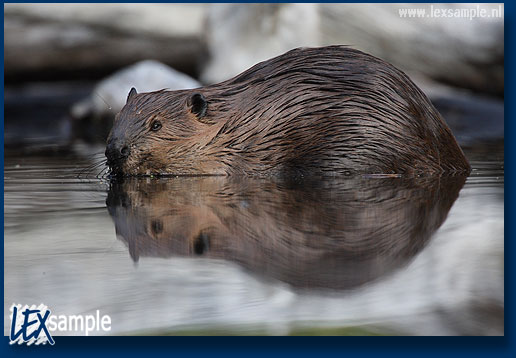 |
| You cannot tell the difference between male and female beavers. |
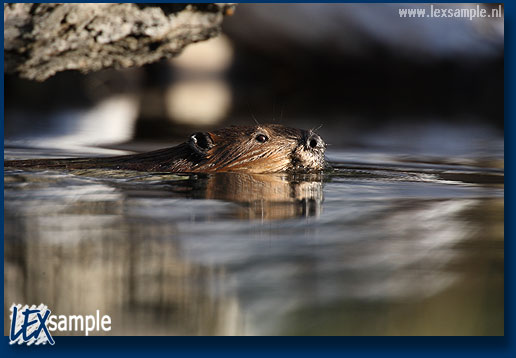 |
| Beavers can stay under water for about fiveteen minutes. |
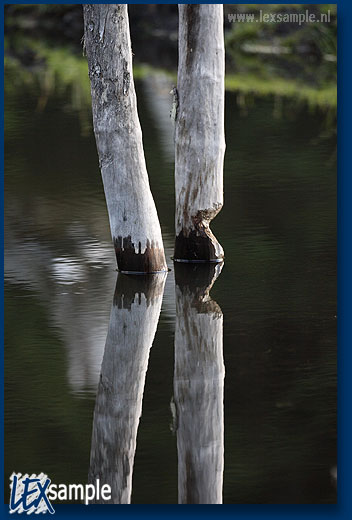 |
| Trees big and small are used to reinforce their dam. |
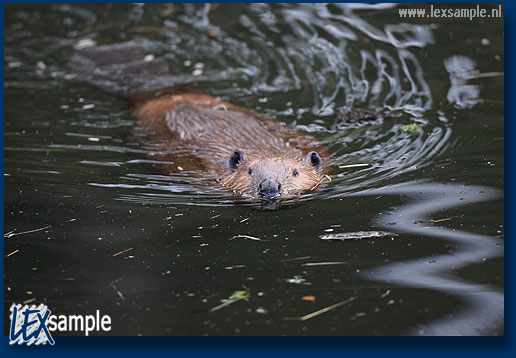 |
| When swimming, their nose sticks out of the water and is being used to scan their environment. |
 |
| Once in a while one comes to land to feed on grass and other vegetation. |
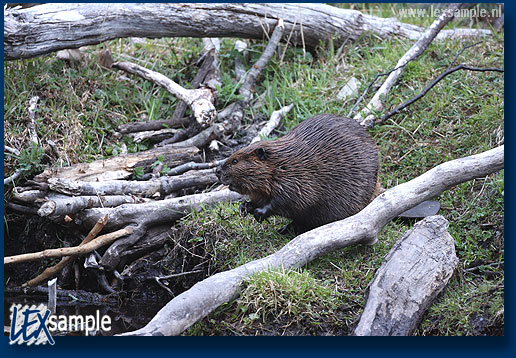 |
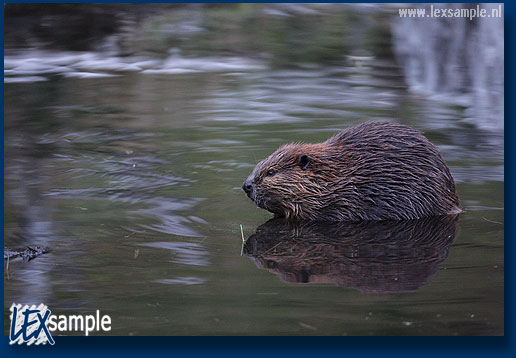 |
| Beavers are always on guard. In case of danger they will warn the others by hitting the water's surface with their tail, then the animal will dive under. |